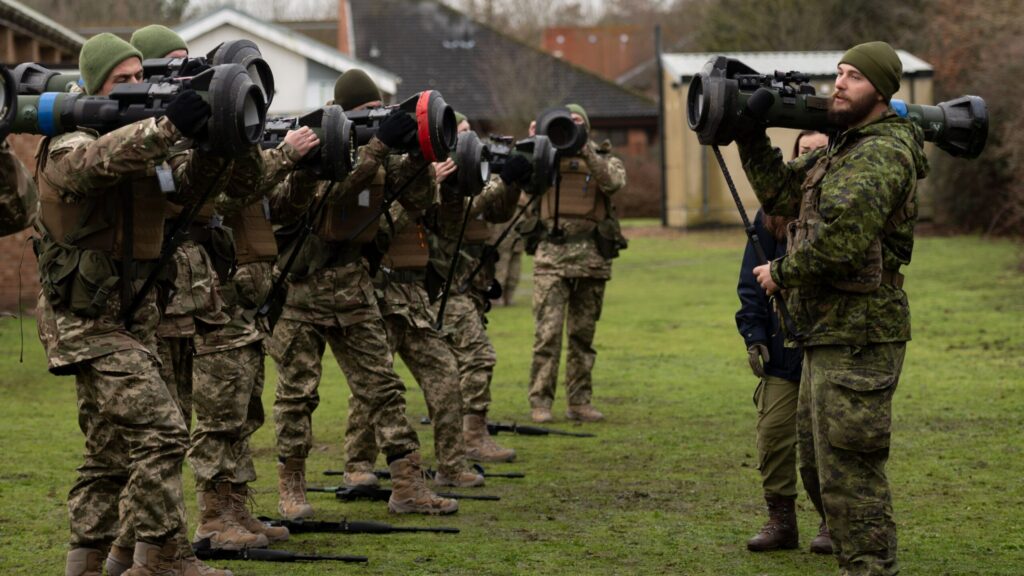Very interesting and, like all systems, my first question is: what is the per round cost?
Leaving that aside, there are a number of really good points about this.
1) the launch signature seems to be quite small which makes it more viable for front area employment even in the guided mode.
2) I really like third party designation. I'm a fan of anti-armour units/detachments where there is a forward observer/targeteer of some type with its own sensor/designator UAVs and a hidden launch platform - preferably with multiple ready rounds. Being able to have the observer find and call in the target, having the missile launch from cover (preferably with the launcher being able to change position at that point) and then having the missile in flight given a designated target that then changes to fire and forget mode, is IMHO a very desirable TTP for these systems
3) the multi targeting function means that the same missile could be on an IFV in a fire and forget defensive mode or a tank hunting mode
4) the dismount capability also provides for front line defensive use. It's not my preferred usage (see 2 above) but its god to have the option.
5) the 5 km range is adequate but I'd like to see more to provide a wider launcher deployment band for 2) above. I could see that type of system reach out much further from the FLOT providing a much longer period during which an attacking/manoeuvring force can be degraded
6) the wire control option is a good option to operate through EW
I'm not sure how good working with French industry is these days. I'd like a domestic manufacturing capability which I doubt they'll agree to. OTOH our stocks would be relatively low to make domestic manufacture a viable option anyway.
It strikes me procurement ought not to be a major issue. It's the type of system that could probably be justified and purchased through a UOR process for specific operational missions such as eFP with an adequate system maintenance and management plan. I think the rapid change in development and the cost element makes these types of systems ideal for limited life cycles. i.e. buy a given quantity of missile x as stock for 3 to 4 years and fire them down in training. Replace with a new stock of a Mark II or different missile once again for a 3 to 4 year window and fire them off in training. Essentially You continuously replenish and renew stocks trading up capabilities each time. To buy missile x for a twenty year life cycle simply doesn't make sense. But that all begs the question of war stocks size and cost and the inability to guarantee supply in the event of the big one.
We desperately need a different procurement model.





